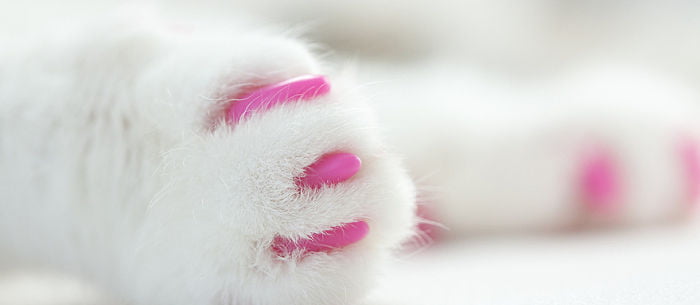Better alternatives to declawing your cat
Better alternatives to declawing your cat
The controversy surrounding whether or not pet owners should declaw their cats has been on the debate table for quite some time now. The surgical amputation known as onychectomy surgery or declawing is the process of removing the last toe bone of the animal. People often choose to declaw their cats as a way to keep their furniture and other belongings from being scratched, protect small children or elderly family members from getting scratched, or to protect other animals in the home.

Why Cats Scratch
Scratching is a natural behavior and has several purposes for a cat. Cats often scratch as a way to remove the dead outer layers of their claws, to mark their territory, for stress relief, or to help stretch their bodies and paws. If you’re going to be a cat owner, it’s important that you provide your cat with a variety of appropriate scratching surfaces to keep them from scratching the places you don’t want them to, like your carpets, drapes, furniture, etc.
Alternatives to Declawing Your Cat
Provide your cat with acceptable scratching alternatives – Take note of when, where, what types of surfaces your cat prefers to scratch. This will help you determine which materials are best to offer them. Wood, sisal, and corrugated cardboard are all popular scratching materials among felines. If there are certain parts of the house where your cat likes to spend time, you should place scratching materials there. Make sure you choose a scratching post that stretches the full height of your cat. You’ll also want something with a heavy base so it doesn’t topple over when your cat tries to scratch it.
Train your cat using positive reinforcement – Praise your cat and offer them treats when you see them using their scratching pads or posts. Cats and dogs alike, respond better to positive reinforcement. Yelling or spraying them with water may traumatize them and ruin your relationship with your cat. If they’re scratching somewhere they shouldn’t, it’s best to remain calm and relocate them to an approved scratching surface.
Keep nails trimmed or use nail caps – Keeping your cat’s nails trimmed is the best way to prevent injury or damage to your belongings and your loved ones. It’s best to start trimming practices while they’re still kittens so that they become comfortable early on with the process. Nail caps or covers are another great way to protect your surfaces while training your cat to avoid undesirable scratching behavior. The caps and glue are nontoxic and will eventually come off as your cat’s nails grow.
Provide an enriching environment – To avoid destructive scratching, you should ensure your cat has the proper resources to perform their natural behaviors and maintain control of their social interactions.